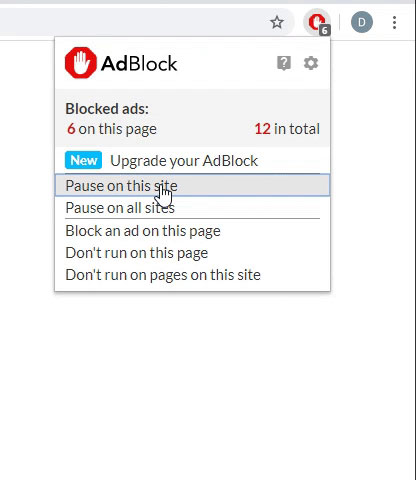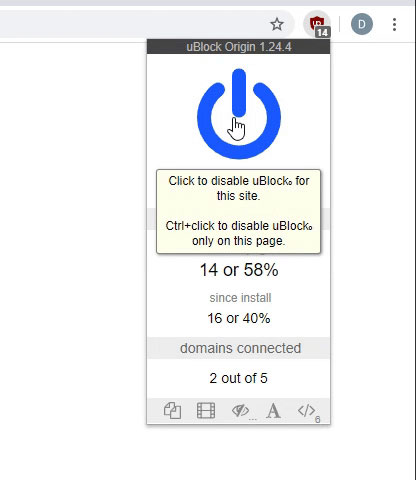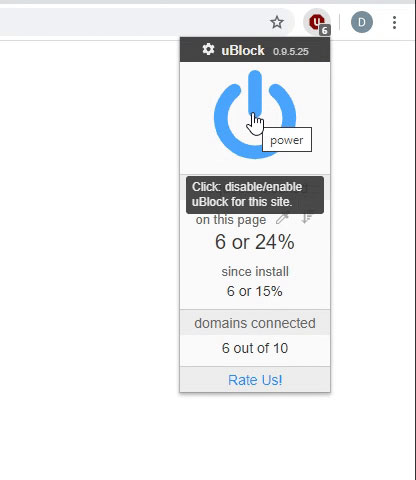I have multiple Excel files created in Excel 2007 (all cloned from the same master file) which are used by our managers that unexpectedlyl increase in size when saved in Excel 2010 (as .xlsx files in both cases). The amount of data is insignificant and does not vary that much between the various files. Prior to saving in Excel 2010, the files were about 1.1 to 1.3 mb; afterwards, they ballooned to 11 - 12 mb. There are no pivot tables, no macros and no excessive formatting.
I opened the master copy (blank, no data) in Excel 2010 and immediately saved without making any changes and the file increased from 1.11 mb to 12.4 mb !! Files of this size take much longer to open and save which is a major inconvenience to our managers. Interestingly, when I saved as a binary file, the file size dropped to 1.55 mb.
Have searched in vain on Microsoft and other sites for relevant information and found nothing helpful. There has to be a reason for this, but I'm stumped at this point. Any help would be greatly appreciated!
Thanks.
I opened the master copy (blank, no data) in Excel 2010 and immediately saved without making any changes and the file increased from 1.11 mb to 12.4 mb !! Files of this size take much longer to open and save which is a major inconvenience to our managers. Interestingly, when I saved as a binary file, the file size dropped to 1.55 mb.
Have searched in vain on Microsoft and other sites for relevant information and found nothing helpful. There has to be a reason for this, but I'm stumped at this point. Any help would be greatly appreciated!
Thanks.





